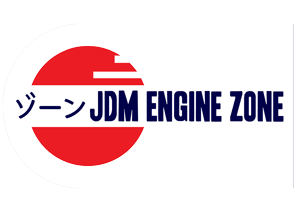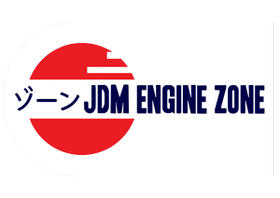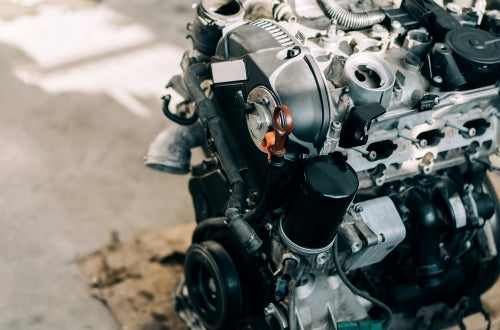JDM Engine Balancing: Techniques and Tools
JDM Engine Balancing: Techniques and Tools

If you are a car enthusiast or someone who's into the import scene, you might have heard the term "JDM" before. JDM stands for Japanese Domestic Market, which is a term used to describe parts or vehicles that were originally designed and produced for the Japanese market. One of the most popular JDM imports is the engine. Many people choose JDM engines because of their high performance and reliability. However, getting the most out of your JDM engine requires proper balancing. In this blog post, we will discuss the techniques and tools used in JDM engine balancing.
Basic Engine Balancing:
Balancing an engine is the process of making sure all of its rotating components (crankshaft, connecting rods, pistons, etc.) are evenly weighted to reduce vibrations and stresses that would otherwise cause damage to the engine. Basic engine balancing involves matching the weights of the connecting rods and pistons to the crankshaft's counterweights. This is done by measuring the weight of each component and making adjustments until they match the target weight.
Advanced Engine Balancing:
Advanced engine balancing goes beyond basic balancing and involves making additional adjustments to the rotating components to achieve even greater levels of smoothness and performance. One technique used in advanced balancing is "knife-edging," which involves grinding the edges of the crankshaft's counterweights to reduce their weight and improve engine responsiveness. Another technique is "bobweighting," which involves adding weight to the connecting rods and pistons to match the expected engine RPM range.
Tools Used in Engine Balancing:
Balancing an engine requires precise measurements and adjustments. The following tools are commonly used in engine balancing:
a. Balancing stand – A stand that allows the engine's rotating components to spin freely and be measured for weight.
b. Digital scale – A scale used to measure the weight of the engine's components.
c. Precision balance – A machine that measures the balance of an engine's components and makes adjustments.
d. Piston vise – A tool used to hold the piston securely during weighing.
Importance of Engine Balancing:
Balancing an engine is critical for the engine's performance, reliability, and longevity. A balanced engine runs smoother, produces less vibration and noise, and experiences less wear and tear. A well-balanced engine can also deliver more power and better fuel efficiency.
Balancing a JDM engine is crucial for getting the best performance and longevity out of it. Basic balancing involves matching the weights of the rotating components, while advanced balancing techniques improve engine responsiveness and smoothness. Precise measurements and adjustments are necessary, which require specialized tools, including balancing stands, digital scales, and precision balances. Finally, balancing an engine plays a critical role in its overall performance, reliability and longevity. Check out our huge stock of JDM engines to improve your vehicle's performance!




